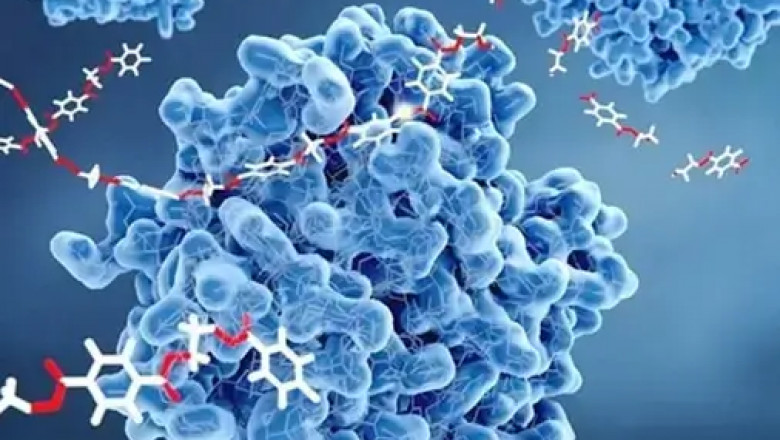views
Invertase, also known as β-fructofuranosidase, is a crucial enzyme in the field of biochemistry and food science, primarily recognized for its ability to catalyze the hydrolysis of sucrose into glucose and fructose. This process, known as sucrose inversion, not only plays a vital role in various biological processes but also has significant applications in the food and beverage industry. Understanding invertase and its functionalities provides insight into its importance in both nature and technology.
What is Invertase?
Invertase is a type of glycoside hydrolase enzyme, which functions by breaking the glycosidic bond in sucrose, a disaccharide sugar composed of glucose and fructose. This reaction results in the formation of equal parts glucose and fructose, collectively known as invert sugar. Invertase is present in various organisms, including yeasts, bacteria, and plants, adapting to different physiological roles based on the organism’s needs.
The Mechanism of Action
The enzymatic action of invertase involves hydrolysis, a chemical reaction in which water is used to break the chemical bonds. In the case of sucrose, invertase binds to the sugar molecule, facilitating the addition of water that cleaves the bond between glucose and fructose. The end product, invert sugar, is sweeter than sucrose and possesses different physical properties that can enhance food quality and flavor.
Applications of Invertase
1. Food and Beverage Industry
Invertase is widely used in the food industry due to its ability to produce invert sugar. This sugar mixture is not only sweeter than regular sugar but also has unique properties that improve the texture and moisture content of various products.
Candy Manufacturing: Invert sugar helps to suppress crystallization, resulting in smoother and creamier confections such as fudge and caramel.
Baking: In baking, invertase can enhance the moisture retention of products, extending shelf life and improving overall texture.
Beverages: Invertase is used in soft drinks and syrups to achieve the right sweetness level and mouthfeel.
2. Pharmaceutical Industry
In the pharmaceutical sector, invertase is utilized in the formulation of liquid medicines and syrups. The production of invert sugar provides a more palatable option for those with sensitivities to traditional sugar, making medications easier to consume, especially for children.
3. Biotechnology and Research
Invertase plays a significant role in biotechnological applications, particularly in enzymatic assays and biochemical research. It is a valuable tool for studying sugar metabolism and enzyme kinetics, aiding scientists in understanding various metabolic pathways.
Health Benefits of Invert Sugar
Invert sugar, produced by the action of invertase, has distinct advantages over regular sugar:
(1) Enhanced Sweetness: Invert sugar is about 1.5 times sweeter than sucrose, allowing for reduced sugar formulations without compromising sweetness.
(2) Improved Solubility: Invert sugar dissolves quicker than regular sugar, making it ideal for beverages and other applications.
(3) Lower Glycemic Index: While still a sugar, invert sugar can offer slight benefits due to its different metabolic pathway in comparison to regular table sugar, though it should still be consumed in moderation.
Safety and Considerations
Invertase is generally recognized as safe for food applications. The enzyme is often derived from non-pathogenic microorganisms and undergoes rigorous testing to ensure its safety in food products. However, consumers with specific dietary needs should always read product ingredient labels carefully.
Conclusion
Invertase is an essential enzyme that plays a pivotal role in the conversion of sucrose into invert sugar, with wide-ranging applications in the food, beverage, and pharmaceutical industries. Its ability to enhance flavor, texture, and shelf life makes it invaluable for manufacturers looking to improve product quality. As research continues to uncover the versatile applications of invertase, it will undoubtedly remain a key player in both traditional and innovative food processing techniques.
As with any ingredient, understanding its benefits and uses is crucial for both consumers and producers alike, ensuring that invertase can be effectively utilized in ways that promote health and enhance culinary experiences.






















Comments
0 comment